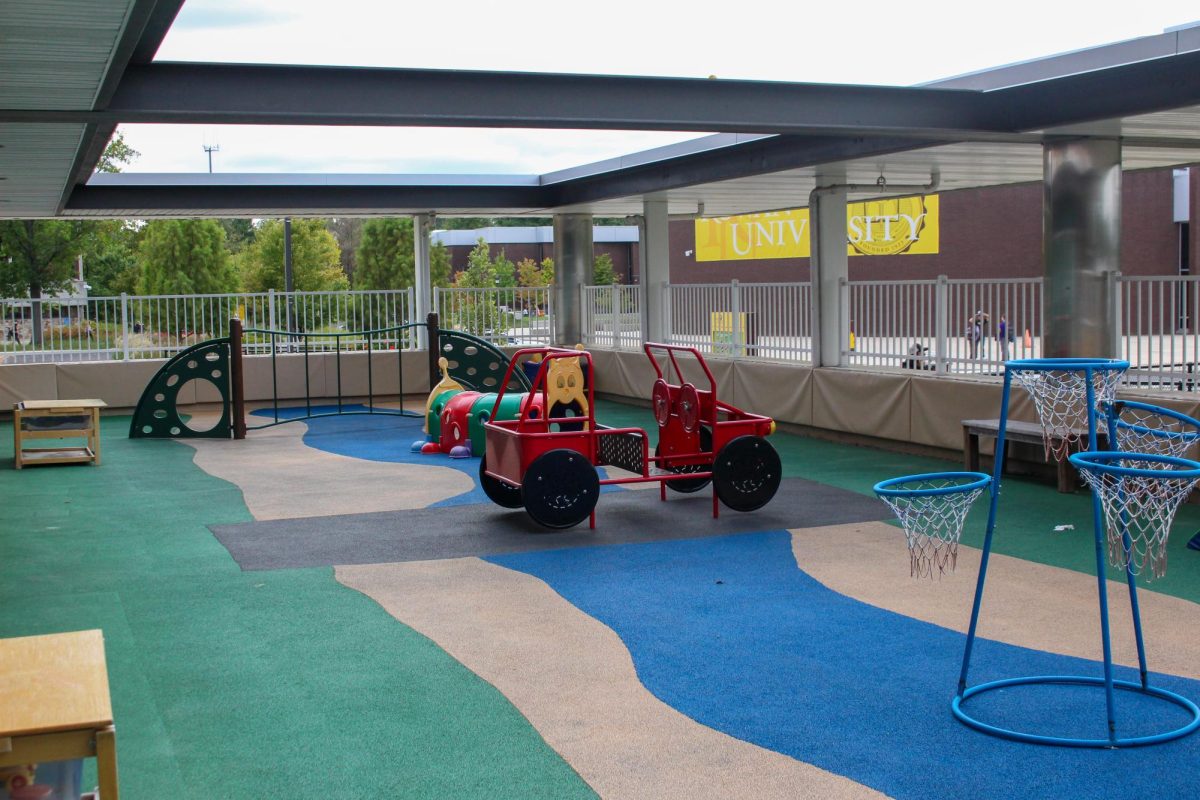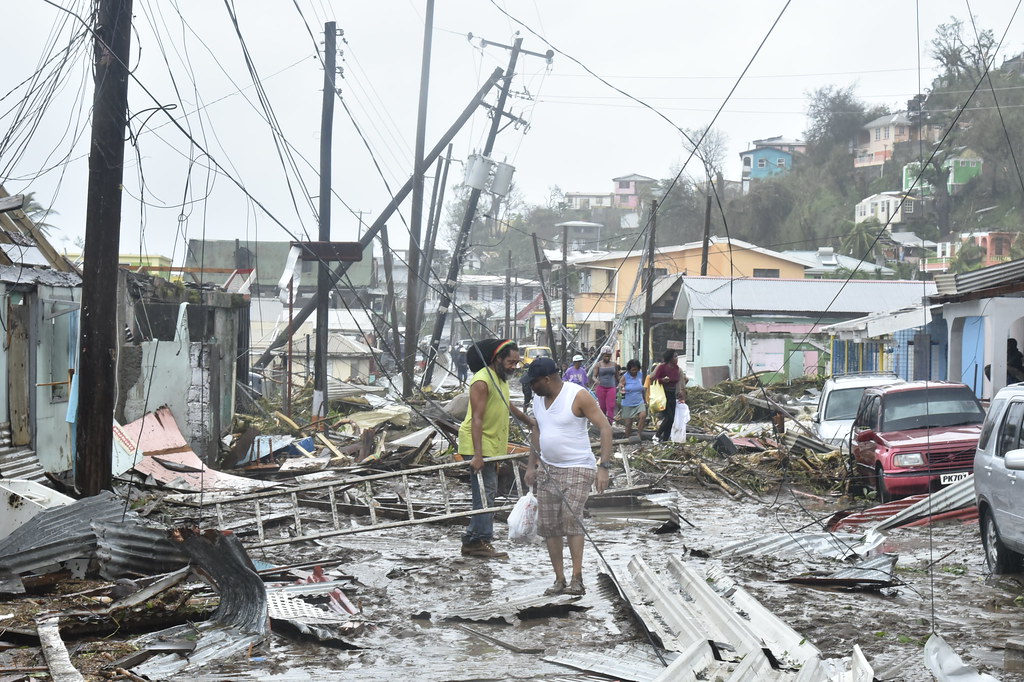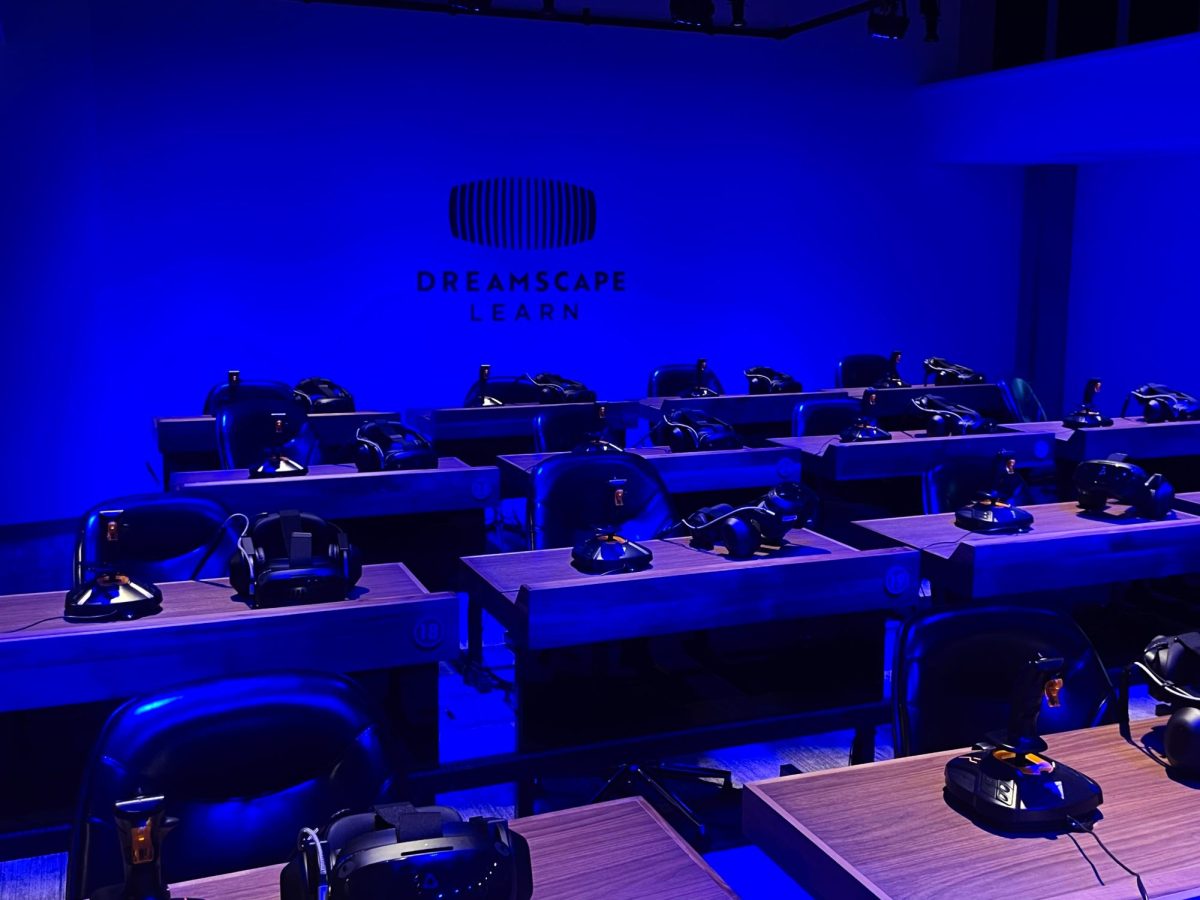With wind speeds of around 147 mph, destruction of environmentally important beaches and enough power to shutter electricity over the entire island, Hurricane Maria is the most powerful storm to strike Puerto Rico in over a century.
Some parts of the island have only just restored power, nearly two years later. If anyone understands Maria and the extent of its impacts, it’s Dr. Luis Santiago — after all, he experienced it firsthand when the Category 4 struck the island’s southeast coast on Sept. 20, 2017.
“Where I was, we started feeling strong winds around four in the morning the day of the hurricane, and they stopped 12 hours later,” he remembers of the storm. “It was 12 hours of continuous very, very strong winds.”
As an Associate Professor and Director of the University of Florida’s Master of Urban and Regional Planning who has worked closely with colleagues from the University of Puerto Rico, he also has an expert’s viewpoint on what still needs to be done to aid in the island’s recovery.
On Sept. 18, Santiago visited Rowan to share his findings on natural resource infrastructure, and its impact on vulnerable coastal communities, as part of the School of Earth and Environment’s weekly colloquium series.
“Hurricane Maria was the most powerful hurricane to affect Puerto Rico in more than a century,” he said. “The last estimates that I’ve seen from the literature, which come from the New England Journal of Medicine, say that approximately 4,600 deaths occurred as a result of the hurricane — not during the hurricane, but in the months that followed because of the complete failure of physical infrastructure and communications infrastructure.”
Vulnerable areas, such as poor communities on beaches, are at even greater risk for damage during future storms if beaches and vegetation do not get restored. This is because beaches act as a buffer against strong waves sweeping away homes and drowning plant life in salt water. Coral restoration, beach restoration and increased beach grass are a few ways that infrastructure damage could be mended.
In order to prevent future damage from storms like Maria, Santiago proposes a “socioeconomic vulnerability index” from Census data to determine where relief funds should be delegated. The index accounts for spatial density factors such as children, populations with disabilities, those without high school diplomas and people living in poverty.
“If you qualify for funding because there is economic development [such as hotels and wealthy populations] that we can measure, then those areas will qualify for coastal protection for structural and nonstructural solutions to protect those areas. But if you don’t have that type of economic development, which is lower income fishing communities, well that does not qualify for funding for protection. Then we’re asking people to just relocate. But once they relocate, the land is available for economic development and can get funding.”
He hopes that this will assist the federal government, using the oversight granted in PROMESA, in determining which communities could best use $125 billion to improve natural infrastructure — the kind of project that FEMA would not normally consider for reconstruction recovery.
“There were about 38 interventions proposed,” he said. “Twenty-three were for beaches and dunes, five for coral reefs, five for seagrasses and five for wetlands.”
Dr. Gerald Rustic, Assistant Professor of Geology, believes that the colloquium offered students and faculty alike the opportunity to learn more about a topic potentially relevant to their lives.
“It’s good to see undergraduates coming to these events to learn about things that other researchers are passionate about and that students themselves may find they’re interested in, whether or not they’re students in the School of Earth and Environment,” Rustic said.
The School of Earth and Environment hosts its colloquium series every Thursday at 3:30 p.m. in Bunce 107.
Next week’s is to be hosted by Rowan University’s Dr. Zachary Boles and is titled, “Life and Death at the end of the Cretaceous: Taphonomy and Paleoecology of the Edelman Fossil Park.” The event is open to all students and faculty to attend.
For comments/questions about this story, email [email protected] or tweet @TheWhitOnline.
























































































































































!["Working with [Dr. Lynch] is always a learning experience for me. She is a treasure,” said Thomas. - Staff Writer / Kacie Scibilia](https://thewhitonline.com/wp-content/uploads/2025/04/choir-1-1200x694.jpg)









































